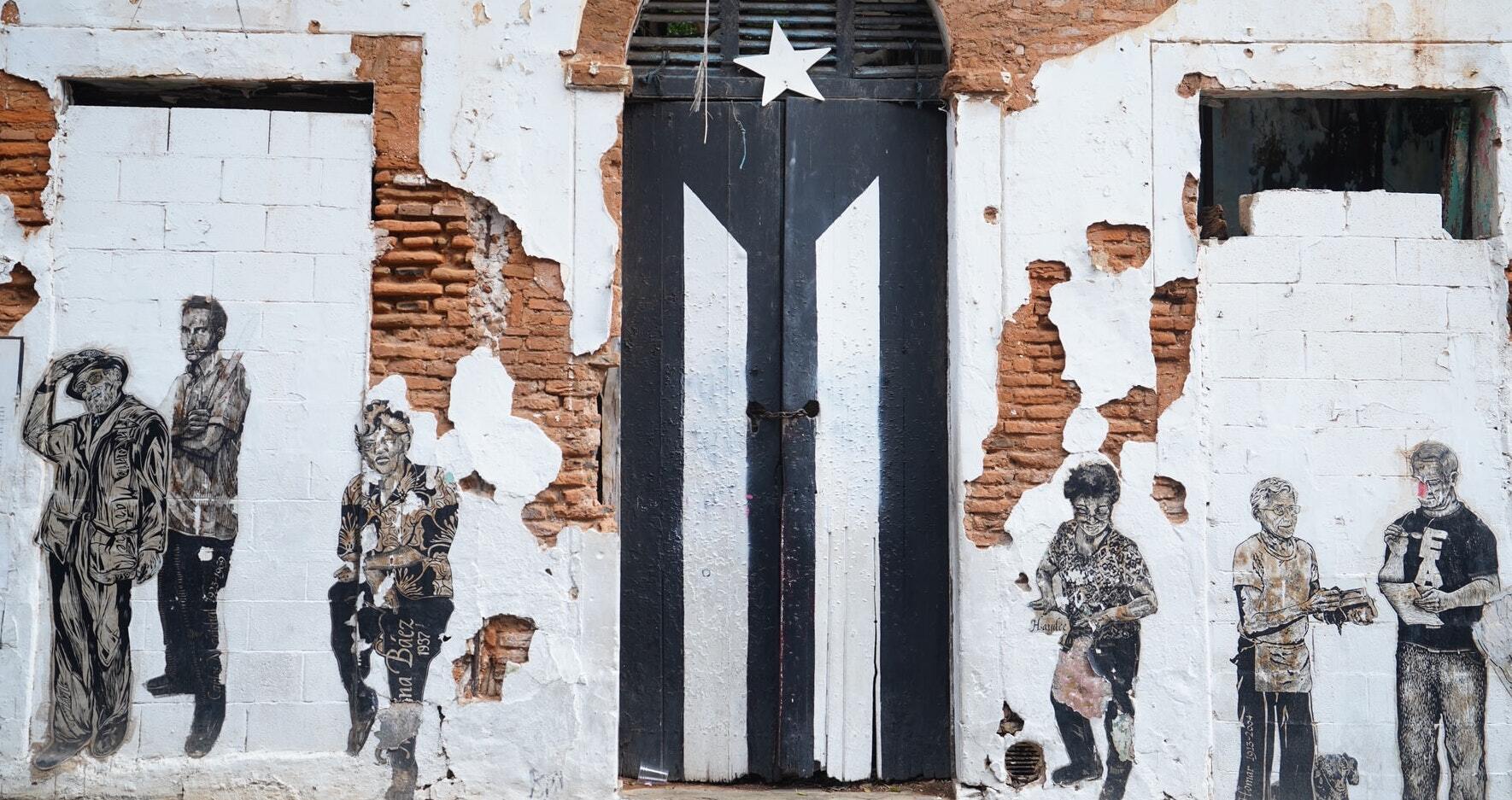You may have heard family stories that you have Puerto Rican blood, you may be living overseas and want to know more about your grandparents and their ancestors, or you may have received a Genetic DNA Test result informing you that your ancestry is a certain percentage Puerto Rican. Whatever the case, we hope this article will help you on your way.
Located in the heart of the Caribbean, Puerto Rico is a beautiful island nestled perfectly between the Dominican Republic, the British Virgin Islands, the US Virgin Islands, and Anguilla. The island, historically known as Boriken, is a United States overseas territory that was formerly a colony of Spain; for these reasons, there are two official languages and most inhabitants are bilingual in Spanish and English.
In short, can you find out if you have Puerto Rican ancestry?
Yes, absolutely! Depending on if and when in your past you had some Puerto Rican ancestors, Genetic DNA Testing can reveal some very interesting information. Like most people from this island know, it was first colonised by Spain back in 1493 after Columbus and his crew arrived on the southeast shoreline, at which point the colonists mixed with the natives, who were Arawak native Americans called Taíno (and who identified as ‘Boricua’). Over the next four hundred years, European settlers mainly from Spain continued to come to Puerto Rico and dominate the language, culture, and cuisine, until 1898, when the US fought the Spanish Empire all over the oceans and ‘liberated’ Puerto Rico, amongst others nations.
Due to this history, most Puerto Ricans are likely to discover that their ancestors came from mainland Spain, with the most popular regions of immigration in the 19th century being Catalonia and Valencia (31.3%), Cantabria and Asturias (15.8%), and Central (14.8%). Also, Galicia, which represents a smaller percentage of the Spanish population, accounted for around 12% of immigrants moving from Spain. What Puerto Ricans are also likely to discover is that they have Taíno blood, as well as African, as the two communities, along with the Spanish community, mixed and moved around the island a lot over centuries, for a whole variety of pleasant and unpleasant reasons. Before the mass immigration of Spaniards in the 19th century, Puerto Rico was two-thirds black and one-third native, but by the end of the 20th century, it was more than 80% white.
What National Geographic's Genographic Project scientists have found by studying the DNA and genetics of Puerto Ricans is that more than 60% of maternal lineages are Native American, whereas 0% of men carry paternal Native American lineages, rather, they are 80% West Eurasian/European. The reason for this is fairly simple; centuries ago, it was men who were leaving Europe, heading to the new world and intermixing with the indigenous women. The darker factor in this story is that the colonists decimated and banished the male indigenous population, completely replacing them.
To find out about your Puerto Rican ancestry, the most scientific way is to take an ancestry DNA testing kit which will give you a definitive answer.

How simple is it to find out about your Puerto Rican ancestry?
Aside from taking an ancestry DNA Testing kit, you could start by asking your family about what they know of your potential Puerto Rican roots. If your parents or grandparents are still alive, ask them what they know, write down any information, and be sure to get full names rather than nicknames. Also remember that some Puerto Ricans have three surnames, as some women choose to keep their two original surnames as well as taking on the third one through marriage. Most families have a genealogist amongst the ranks, ask your tíos, tías, primos, or abuelos who that person might be, and from there you’ll be able to access a wealth of knowledge.
The average Puerto Rican is made up of 12% Native American, 65% West Eurasian (Mediterranean, Northern European and/or Middle Eastern) and 20% Sub-Saharan African DNA, so don’t be surprised if your family tells you that their ancestors came from somewhere utterly different to your expectations.
How can you find out more about your Puerto Rican roots?
- This guide contains some great links about finding more information from various sources.
- This website is the best we have found about someone going through every database, interviewing every family member, taking DNA tests, and really digging deep into their family tree to find out everything they can. This transparent and honest account of genealogy can serve as inspiration to any curious potential Puerto Ricans out there.
- New York’s Public Library has a great guide on how to search through records and census documents to trace the movements of your ancestors.
- This National Geographic account of migration to Puerto Rico is filled with genealogy gems that will interest anyone researching the island’s history.
- This article from The Atlantic digs even deeper into the pre-contact civilization that existed in Puerto Rico, namely, the Taíno people and where they may have come from, as well as how traces of their DNA exist in many modern-day Puerto Ricans.

We recommend purchasing our ancestry DNA test in order to examine your genetic markers and help uncover some interesting information about your:
- Recent ancestry - exploring as much as 500 years of ancestry.
- Sub-regional ancestry - providing further details on what regions your ancestors lived in. Please note that Living DNA offers the most detailed sub-regional ancestry details in the industry.
- Extended ancestry - taking a look back 10,000 years on your ancestors’ global journeys to see how they ended up where they did.
- DNA matches - seeing if any other DNA testing customers come up as a biological match with you!
Good luck on your Puerto Rican ancestry journey!
